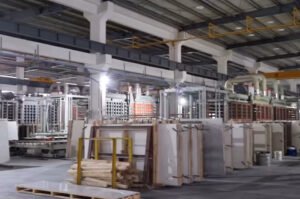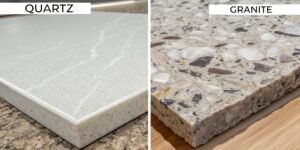Struggling to pick an eco-friendly countertop? Many options have hidden drawbacks, making the choice confusing. Quartz slabs offer a stylish and surprisingly sustainable solution for your projects.
Yes, quartz stone slabs are considered environmentally friendly. They are made from one of the earth's most abundant minerals, are extremely durable, and often contain recycled materials. This combination reduces waste and the need for frequent replacement, making them a sustainable choice for most projects.

The answer isn't a simple yes or no. Over my 13 years in this business, I've helped many clients like you, Rajiv, navigate this exact question. To really understand if quartz is right for your projects, we need to look closer at the details. Let's break it down.
Is quartz environmentally friendly?
You see "engineered stone" and might doubt its green credentials. It's easy to assume natural stone is better. But the smart composition and long life of quartz make it great.
Yes, quartz is environmentally friendly. It's primarily made of natural quartz, an abundant mineral. This reduces the impact of quarrying. Its durability also means less waste from replacements over time, adding to its eco-friendly profile. It’s a solid choice for sustainable building.
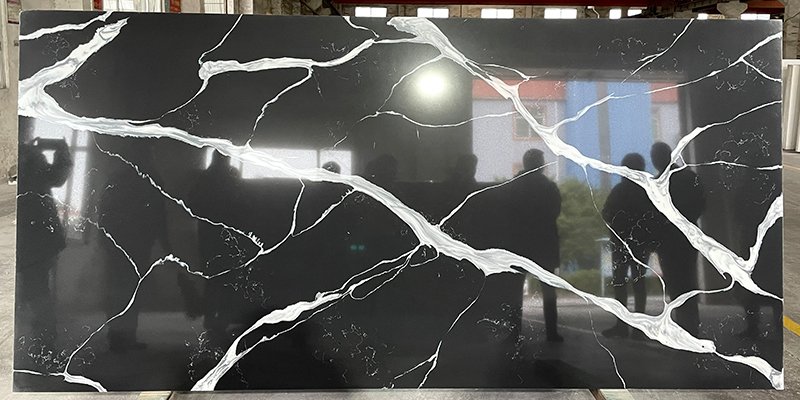
In my experience, the eco-friendly label comes from several key factors. First, the main ingredient is natural quartz. It's one of the most common minerals on Earth. This means we don't have to excavate rare materials. Second, these slabs are built to last. A client I worked with years ago just sent me photos of his kitchen, and the quartz countertops look brand new. This longevity is key to sustainability because it reduces waste. Many of us manufacturers also mix in recycled materials like glass and mirrors. This is a great way to reduce landfill waste.
Core Eco-Friendly Attributes
The environmental benefits of quartz slabs come from both their material source and their performance. We focus on a lifecycle approach. This means considering the impact from raw material to end-of-life. Here's a simple breakdown of the main points that my clients, especially procurement managers, find most valuable.
| Feature | Environmental Benefit | My Observation from China |
|---|---|---|
| Abundant Material | Less invasive mining compared to rare stones like marble. | Our access to raw quartz is good, but government policies can sometimes affect supply chains globally. |
| Durability & Longevity | Fewer replacements needed, leading to less landfill waste. | Quality control is key. A well-made slab I export today will last for decades, a core tenet of our production. |
| Recycled Content | Diverts materials like glass and mirrors from landfills. | The National Sword policy here in China changed how we source recycled materials, pushing for cleaner domestic options. |
What are the disadvantages of quartz stone?
Quartz seems almost too good to be true, right? You worry there might be a catch. It's smart to look at the full picture, so let's discuss its disadvantages openly.
The biggest disadvantage is the energy-intensive manufacturing process. It uses significant power to bind the quartz crystals. The resin binders are also petroleum-based. Also, it's not as heat-resistant as granite and can be damaged by direct, high heat or prolonged UV exposure outdoors.
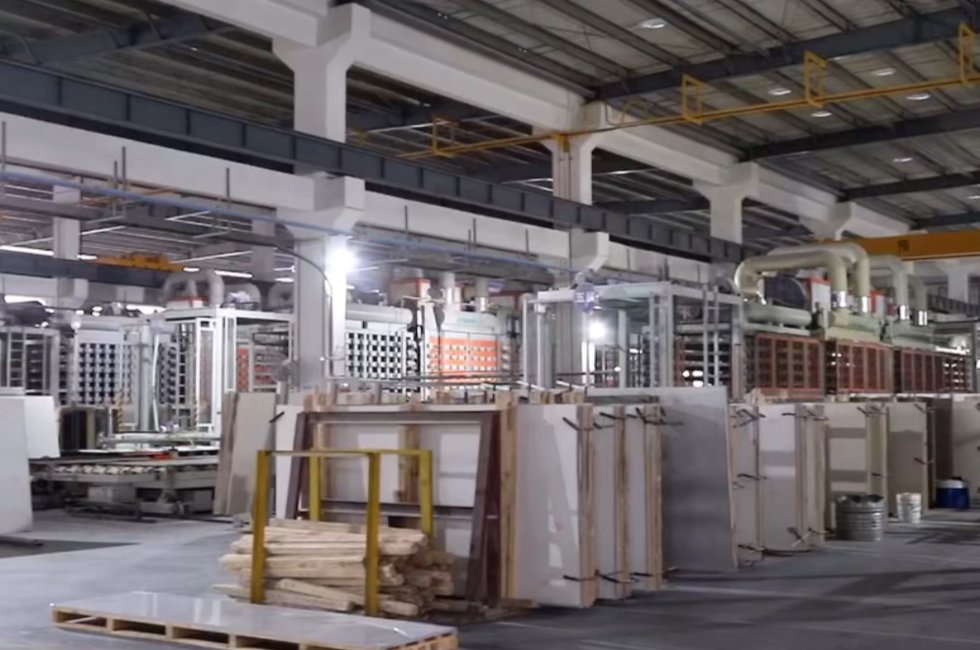
No product is perfect, and it's important for me to be upfront with my clients. The main environmental concern is the energy used during manufacturing. Crushing the quartz and heating the mixture to form a slab takes a lot of power. This is the biggest trade-off for its durability. Another point is the resin. The binders that hold the quartz crystals together are typically petroleum-based polymers. While they make the slab non-porous and strong, they are not a renewable resource. I always tell my clients to be practical. For example, always use trivets for hot pans. This protects the countertop and ensures it lasts a lifetime.
Key Considerations and Drawbacks
Understanding these points helps you make a fully informed decision. For a procurement manager like Rajiv, weighing these factors against the benefits is a daily task. The goal is not to find a "perfect" product, but the best product for a specific application. Here's how I break down the disadvantages for my clients.
| Disadvantage | Practical Implication | My Industry Perspective |
|---|---|---|
| Energy-Intensive Production | Higher initial carbon footprint compared to simply quarrying stone. | China's government is pushing for greener manufacturing, so we are seeing more factories invest in energy-efficient technology. |
| Resin Binders | Binders are petroleum-based, not a renewable resource. | Research into bio-resins is ongoing, but current technology with polymer resins provides the best durability. |
| Heat Sensitivity | Can be damaged by sudden high heat from pots and pans. | A simple matter of user education. We always advise using trivets. |
| UV Sensitivity | Not suitable for outdoor use as colors can fade or yellow over time. | This limits its application to indoor spaces, which is where 99% of quartz is used anyway. |
How does quartz affect the environment?
It's one thing to know if a product is "green." It's another to understand its full environmental story. Let's look at the entire lifecycle of quartz to see its true impact.
Quartz has a dual effect. On the positive side, it uses an abundant mineral, reduces waste through durability, and requires no chemical sealants. On the negative side, its production is energy-intensive and involves shipping. The key is that its long lifespan often outweighs the initial manufacturing impact.
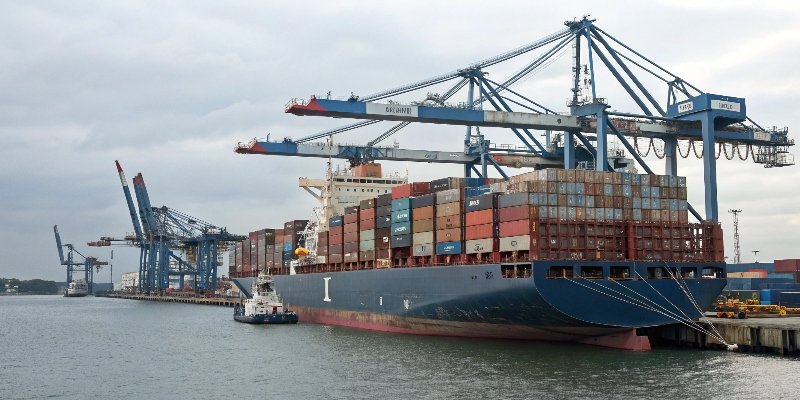
The environmental impact of quartz is a story of trade-offs. Let's start from the beginning. We source natural quartz, which is abundant. This is a big plus. Then comes manufacturing, which as we discussed, uses energy. Here in China, we are a major global supplier. This means transportation is part of the environmental cost. I always work with procurement managers to optimize shipping containers, ensuring we are as efficient as possible to reduce the carbon footprint per slab. During its life, quartz shines. It needs no harsh chemical sealants, unlike granite or marble. This reduces chemicals in the home. When I talk to clients, I emphasize this total lifecycle. The initial manufacturing impact is balanced by decades of low-maintenance, durable use.
Lifecycle Environmental Impact
Thinking about the entire lifecycle is crucial. It gives a much clearer picture than looking at one aspect alone. For anyone in procurement, this balanced view is essential for making sustainable choices that are also economically sound. Let’s map it out.
| Lifecycle Stage | Environmental Effect (Positive/Negative) | My Role in Mitigation |
|---|---|---|
| Raw Material | Positive: Uses abundant natural quartz. Many slabs use recycled content. | I work with our R&D to increase the percentage of recycled material in our slabs without compromising quality. |
| Manufacturing | Negative: Energy-intensive process using heat and pressure. | Our factory constantly aims to upgrade to more energy-efficient machinery to comply with national standards and reduce costs. |
| Transportation | Negative: Shipping from China to global markets creates carbon emissions. | I consolidate orders and optimize container loads to maximize efficiency and minimize the carbon footprint per unit. |
| Use & Maintenance | Positive: Extremely durable, long-lasting, and requires no chemical sealants. | I educate clients on simple, eco-friendly cleaning methods, avoiding the need for harsh chemicals. |
What is the most environmentally friendly countertop?
You're searching for the single "greenest" countertop. The problem is, every material has pros and cons. Let's compare the most popular options to see which one truly leads the pack.
There is no single winner, as it depends on your values. Materials like reclaimed wood or recycled paper are excellent choices. But if you need the durability, non-porous nature, and style of stone, quartz is a top-tier contender for the most balanced, environmentally friendly option.
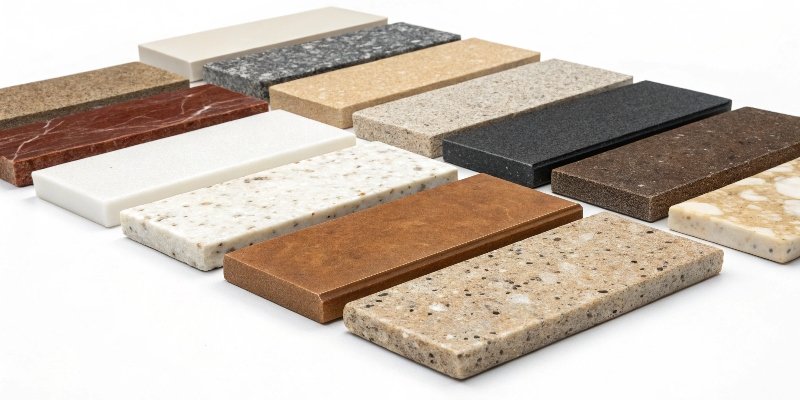
This is the question I get all the time. The honest answer is: it depends on what you value most. If your top priority is using reclaimed materials, then salvaged wood is a fantastic choice. If it's about using post-consumer waste, recycled paper or glass countertops are great. However, these often require more maintenance or aren't as durable as stone surfaces. For my customers, who are mostly in commercial and residential construction, performance is critical. They need something that looks great, lasts for decades, and is easy to maintain. This is where quartz really stands out. It offers a balance of sustainability, performance, and aesthetics that is hard to beat.
Comparing Eco-Friendly Countertops
Choosing the "best" means aligning the material's properties with your project's needs. A material that is perfect for a low-traffic home might not work for a busy commercial space. For procurement professionals, this balance is everything. Here's a comparative look.
| Material | Key Pro | Key Con | Best For... |
|---|---|---|---|
| Quartz | Balanced durability, low maintenance, recycled content. | Energy-intensive manufacturing. | All-around performance in residential and commercial settings. |
| Reclaimed Wood | Excellent use of salvaged material, unique look. | Requires regular sealing; not as durable. | Rustic aesthetics where maintenance is not a major concern. |
| Recycled Glass | High recycled content, unique visual appeal. | Can be prone to chipping; binders are often resin-based. | Projects where a high-recycled-content aesthetic is the primary goal. |
| Granite | Natural stone, very heat resistant. | Must be sealed regularly (chemicals); quarrying is intensive. | Kitchens where high heat resistance is the top priority. |
Conclusion
Quartz offers a strong balance of durability, low maintenance, and recycled content. While manufacturing is energy-intensive, its long lifespan makes it a leading eco-friendly choice for modern projects.



